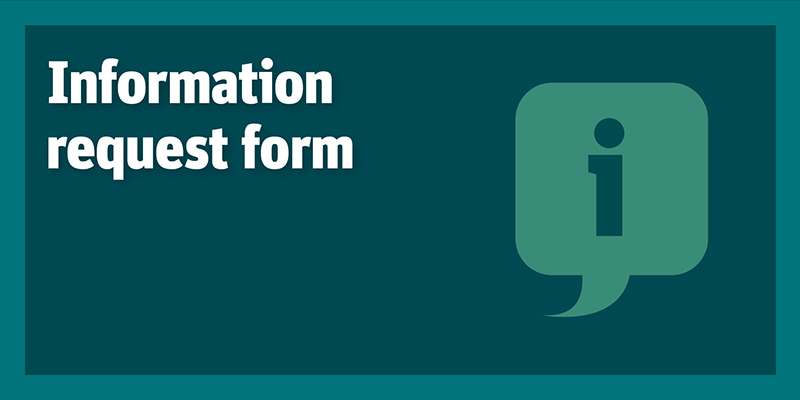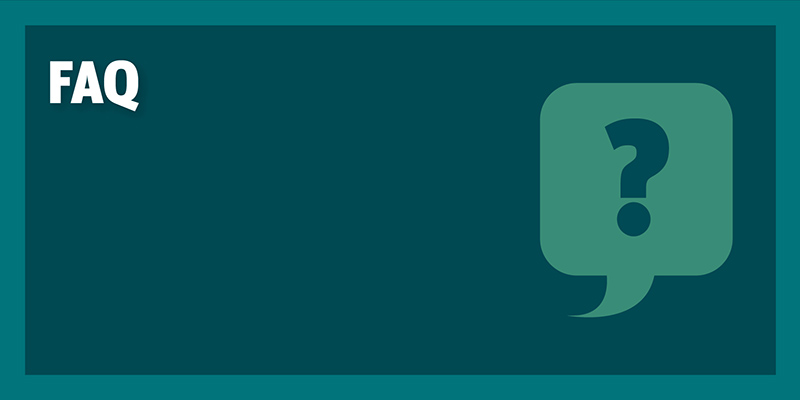Coronaviruses are spread mainly from person to person through close contact, for example, in a household, workplace, or health care centre. When someone who has COVID-19 coughs, sneezes, sings, shouts, or talks they spray droplets from their nose or mouth. If you are too close, you can inhale the droplets. COVID-19 can also be spread via direct contact with surfaces that are potentially contaminated with the virus.
Watch this video from the World Health Organization to learn more.
If you have symptoms of COVID-19 (Government of Ontario), assume that you may have the virus. If you have already tested positive for COVID-19, you can get the disease again.
COVID-19 symptoms can range from mild to severe. Complications from COVID-19 can include serious conditions, like pneumonia or kidney failure, and in some cases, death. If you feel sick, it’s important that you stay home and talk with a primary care provider or doctor.
Post COVID-19 condition, also called long COVID, refers to the effects of COVID-19 that continue for more than 12 weeks after the initial infection. Visit Canada.ca for more information.
For a complete list of COVID-19 symptoms, visit the Ministry of Health website (Government of Ontario).
Complete the Government of Ontario COVID-19 self-assessment for a recommendation on what to do next, which may include staying home and self-isolating. You can visit the Ministry of Health website for the latest COVID-19 health advice. If you were exposed to the virus, including being a household contact of someone with the virus, follow additional precautions (Government of Ontario) to protect yourself and others.
Diagnosis of COVID-19 is done by swabbing the nose or throat. Currently, there are two types of tests—rapid antigen test (RAT) and a polymerase chain reaction (PCR) test—that can detect the COVID-19 virus in your body at the time of testing. If you have been recently exposed the virus might not be detected immediately.
Visit Ontario’s COVID‑19 testing and treatment webpage for more information.
Rapid antigen tests (RAT)
A rapid antigen test will provide a result within 15 minutes following the use of the test. Learn what to do if you get a positive result or what to do if you have symptoms, but get a negative result (Ontario Government).
The Ontario Ministry of Health announced that, effective October 1, 2024, publicly funded rapid antigen tests (RATs) will only be available to individuals who are eligible for COVID-19 treatment. Public Health will no longer stock or distribute RATs. Publicly funded rapid antigen test kits may be available to eligible individuals through pharmacy and primary care providers. Eligible individuals include people who have COVID-19 symptoms and belong to any of the following groups:
- people aged 65 years of age and older
- people aged 18 years of age and older who have at least one condition that puts them at higher risk of severe COVID-19 disease
- people who are immunocompromised
- residents and patients in certain high-risk settings including hospitals and congregate living settings with medically and socially vulnerable individuals (for example, in long-term care and other specific populations and settings)
- people in the context of suspected or confirmed outbreaks, as directed by the public health
If you meet the above criteria, contact your primary healthcare provider or pharmacy to coordinate testing.
Polymerase chain reaction (PCR) testing
Polymerase chain reaction (PCR) testing is prioritized based on clinical and public health needs. PCR testing is available for high-risk individuals, and individuals who work in high-risk settings. Learn who is eligible. (Government of Ontario) for publicly funded COVID-19 testing.
COVID-19 testing locations
PCR testing is available at participating pharmacies for those who are eligible for publicly funded COVID-19 testing, including people who are eligible for COVID-19 treatments. Visit COVID-19 testing locations (Government of Ontario) to find the closest location to you.
Important:
- Please contact the participating pharmacy to confirm services and hours. Your primary care provider may also offer PCR testing.
How can you find out your test results?
You will be able to access your COVID-19 PCR test results through online portal (Ministry of Health).
COVID-19 treatment
Antiviral treatments are now available in Ontario, by prescription, to people with COVID-19 who are at higher risk (Government of Ontario) of developing severe symptoms.
Visit ontario.ca to learn more about COVID-19 antiviral treatments, who is eligible, and how to get treatment.
A health care provider may determine if an antiviral treatment is right for you, even if you do not belong to one of the groups who are eligible, based on your individual circumstances. Use the COVID-19 antiviral treatment screener tool (Government of Ontario) to determine if you are at higher risk of severe COVID-19 and may benefit from these treatments.
Antiviral treatment is not a replacement for vaccination.
COVID-19 vaccine information and booking
Visit our vaccination clinics for COVID-19 page for information on local clinic dates, times, and locations as well as important information regarding eligibility and COVID-19 vaccines.
As with other diseases of public health significance, Public Health continues surveillance of COVID-19. Visit our current status (COVID-19) page for more information.
Respiratory Illness Surveillance Dashboard
The Respiratory Illness Surveillance Dashboard for Sudbury and Manitoulin districts provides information about local activity levels of respiratory illness, including COVID-19, influenza, and respiratory syncytial virus (RSV).
Reports and infographics (COVID-19)
Public Health Sudbury & Districts has prepared reports and infographics which highlight our role as it relates to the COVID-19 pandemic.
Be COVID-safe
To be COVID-safe means to assess your actions, think things through, and take deliberate precautions to prevent the spread of COVID-19. Learn how our behaviour can help reduce the risk of catching and spreading COVID-19.
We continue to be here for you. For general or personal health-related questions about COVID-19, use our COVID-19 information request form to submit your information and Public Health staff will call you.
Or you may call:
- Contact us, Monday to Friday, from 8:30 a.m. to 4:30 p.m.
- Health811 can be reached by calling 811 (TTY 1.866.797.0007) or visiting ontario.ca/Health811.
The following are additional credible sources of information.
Yes, Public Health posts information online for outbreaks related to respiratory and enteric diseases when there are no personal privacy concerns related to the situation.


